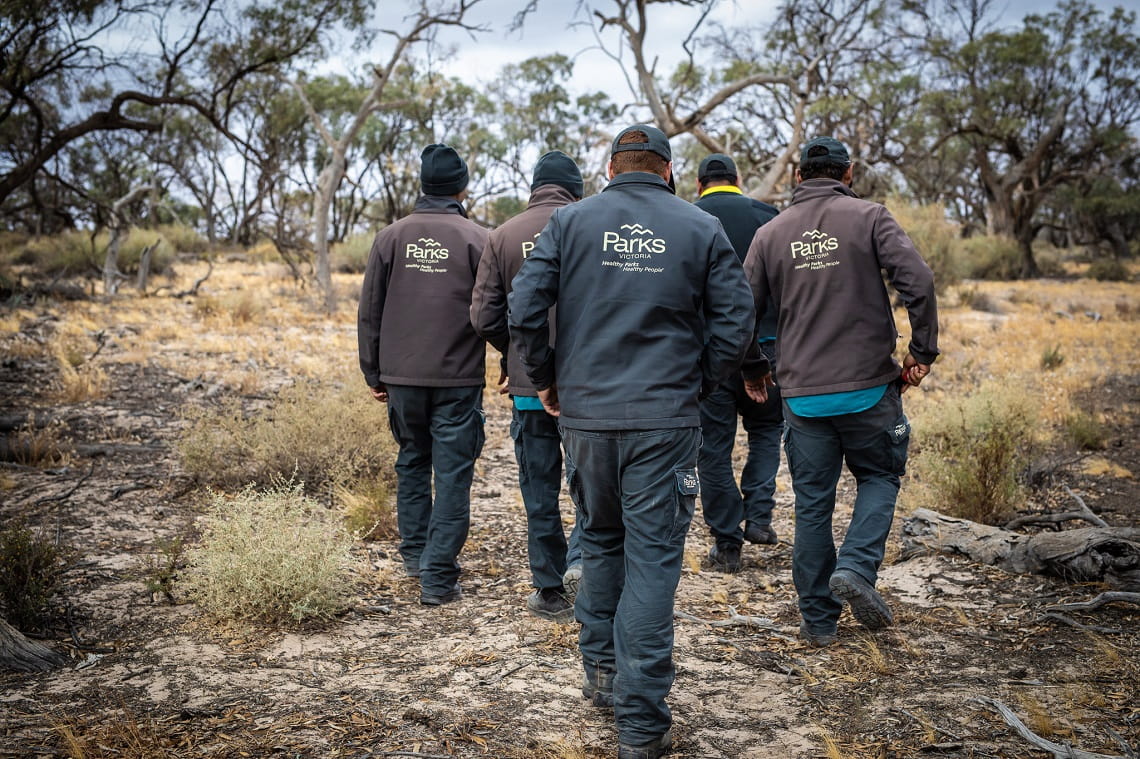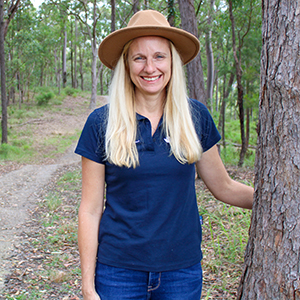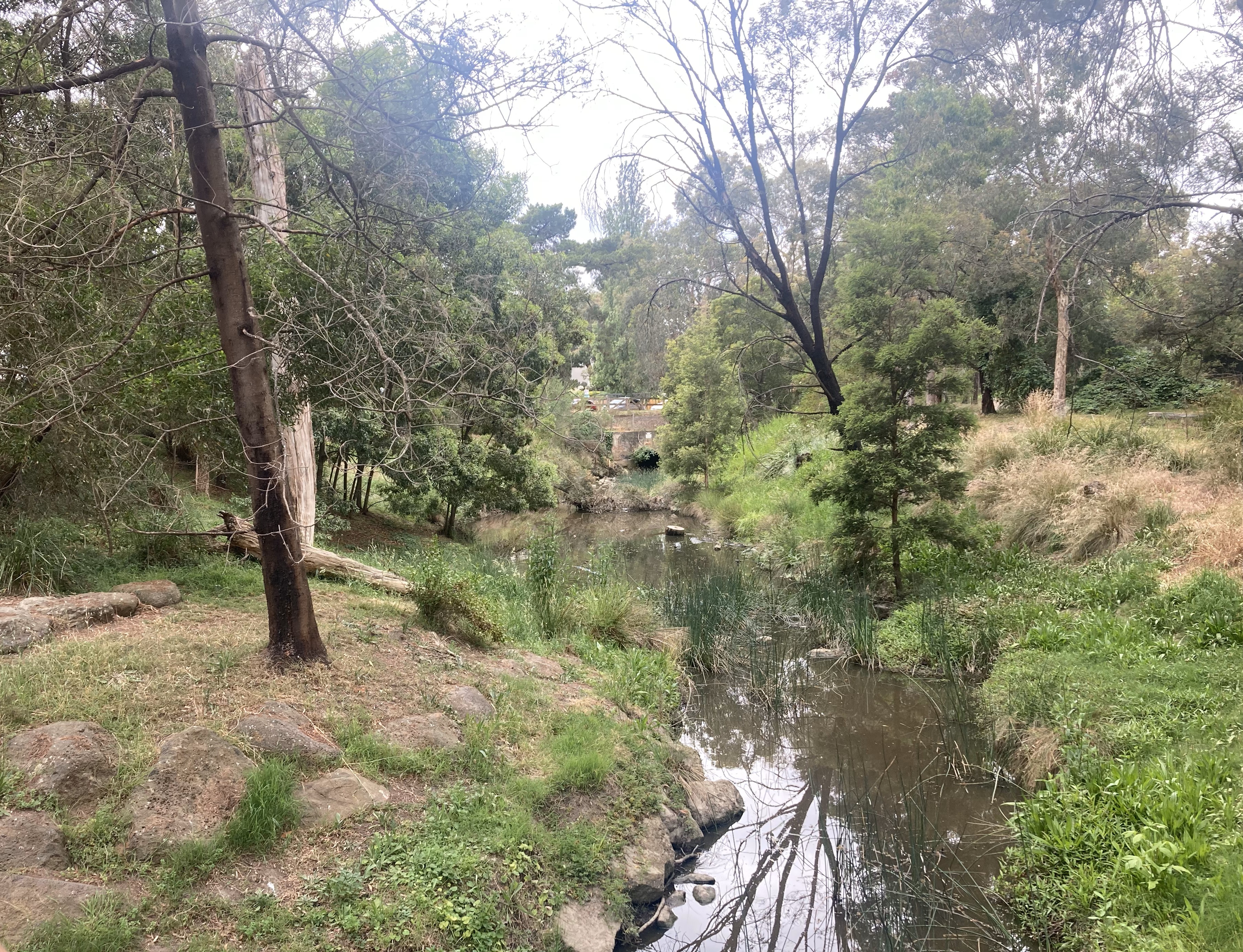Part two – Considering new varieties
Tablelands Telegraph – March 2021
Clare Edwards – Senior Land Services Officer, Pastures
When considering the right variety, there are sometimes many to choose from. Understanding the suitability of a particular variety to your situation is important, but so is cost and availability. Many agribusinesses often have ready-made pasture mixtures or blends which can help in matching livestock, landscape and situations. However, as always, don’t forget to ask if it is certified seed.
When looking at new varieties, there are a few things to keep in mind – including the range of characteristics that can contribute to the general productivity of a pasture. These include matching feed supply to animal demand, improved reliability, and persistence. When choosing a new variety, keep these and the following important points in mind…
- Greatest yield – does this occur at the time of year when it can be used by your livestock? Is there any trade-off with quality?
- Better persistence – this often depends on the species as well as management. Many traits can improve persistence; earlier flowering, hard–seededness in annuals (such as sub–clover), drought tolerance (extensive root system, dormancy), and growth habit (prostrate vs erect) are some of the main ones to consider. Local trials are ideal to test persistence, but they do need to be run over a number of years to give a true indication.
- Disease and insect resistance – this depends on the importance of disease or pest in your circumstances and the degree of resistance offered in the new variety.
- Seedling vigour – this is nearly always an attractive characteristic in new varieties, as it can enhance establishment. Improvements in seedling vigour are not a substitute for good establishment technique and weed control.
- Future climate considerations – if we are planning for our perennial pastures to last 10-20 years, then it is important to assess the varieties’ characteristics in terms of adaptive advantages. It might be that an early flowering variety might be better than a later flowering variety if we are expecting to have shorter springs but this may have implications on feed quality and quantity. Similarly, consider whether summer dormancy is a desirable trait if we have summer storms providing moisture that could be utilised to grow more feed.
- New varieties of legumes – if trialling new legumes in your pastures, don’t forget to make sure you have the correct inoculant strains to go with that legume.
- Other – there are a number of new features that are worth examining such as seed coatings, the use of novel endophytes and ploidy. Likewise, check out how pasture species work with each other, which additional forage varieties you may want to add, and how these might work in terms of grazing and management.
What about older varieties? Some of the ‘tried and tested’ varieties are still very suited to the Central Tablelands area. Many have persisted through adverse conditions such as drought, heavy stocking rates, lack of nutrients and harsh soil conditions. Sometimes these pastures need a little bit of management, such as rest and seeding down, to be good paddocks once again.
If you are purchasing seed from neighbours this year, remember to get a seed analysis done. It is important to look at purity and germination results, as these are essential in making decisions on sowing rates. You may also need to understand about plant breeders or plant variety rights, and what that means when selling and purchasing seed.
Also, remember to ask about any adverse animal health aspects and if the variety or species really is suited to your system. Ask your seed dealer or agronomist how a new variety has done in the district, and if there is any trial information on that variety. Many of the seed companies will have brochures, websites and booklets on their varieties. MLA has a Pasture Trial Network tool that allows you to compare varieties.
Central Tablelands Local Land Services Pasture Officers can help with making decisions on new and ‘older’ varieties that you might be considering sowing this year. Our Pasture Officers are happy to hear from you about pasture varieties that you have sown and how they have performed. NSW DPI also has a good publication on pasture establishment including steps to ensure good establishment and management.
Click to read part one from February Tablelands Telegraph








